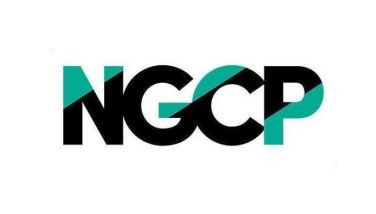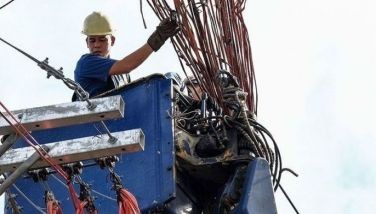Boni tunnel lighting project showcases Phl energy plan
MANILA, Philippines - The Department of Energy (DOE), Royal Philips Electronics and the Asian Development Bank (ADB) are leading to showcase an energy efficiency plan for the country’s lighting systems and transport sector, with the switch on yesterday of the solar-powered light emitting diodes (LEDs) at the Boni tunnel in Mandaluyong City.
“The Boni Tunnel Efficient Lighting System marks the first time in the country that LEDs and solar panels have been integrated into one whole system that will enhance driver safety when using the 280-meter tunnel,” Philips said.
“The DOE hopes that the success of this project, particularly the use of energy efficient lighting, is expected to create a template for replication in other similar site applications and is seen to revolutionize the country’s major roadways,” the DOE added.
“This project demonstrates technology alternatives – long-lasting batteries and solar power – that will improve people’s life through green technology,” said Anthony Jude, director of ADB’s Southeast Asia department.
The old lighting system in the Boni tunnel that traverses EDSA in Mandaluyong City along Boni Ave. consisted of a mix of tubular fluorescent lights and high pressure sodium lamps, which is not only dim but also poses security risks to public and private vehicles, DOE said.
However, the new system consists of 94 22-watt LED tubes generating 30,000 burning hours and 70 percent lumen maintenance. It is partially powered by solar panels installed in a 59-square meter park on top of one of the tunnel entrances. These are solar-powered by day and are powered by the Manila Electric Co.’s power grid at night via a grid-interactive photovoltaic system.
“With the system in place, the city of Mandaluyong is poised to save up to 51 percent in electricity expenses every year,” Philips said.
The new lighting system aims to reduce the P570,640 expense per year of the previous lights.
“It is very important for us today to continuously moderate electricity consumption,” said DOE Secretary Jose Rene D. Almendras.
“In reducing consumption, we also lessen our carbon footprints effectively contributing to the solutions towards the issue of climate change,” he added.
In May 2011, the DOE, Metropolitan Manila Development Authority, Mandaluyong City, PNOC Renewables Corp. and Philips signed a memorandum to showcase a public-private partnership that shares the cost of initiatives.
Building on the Philippine Energy Efficiency Project, the ADB provided technical assistance and grant funding for the lithium ion batteries and other materials needed in the panel installation.
The Department of Public Works and Highways facilitated the installation of the lights.
ADB is supporting the government’s overall energy-efficiency and conservation program through a $31.1-million loan approved in 2009 that has helped retrofit select government buildings and public areas with energy-efficient light systems.
The loan has also financed an exchange of incandescent bulbs with energy-efficient compact fluorescent lamps among residential users. ADB also funds a Philippine government-initiated pilot program involving electronic tricycle taxis, or e-trikes.
- Latest
- Trending






























